The Arenal neighbourhood of Seville is the southwestern part of the old centre, between the Avenida de la Constitución that runs in front of the Cathedral, and the River Guadalquivir. Its name is derived from the Spanish word for sand (arena), in this case the sand of the bullring, which is in this neighbourhood.
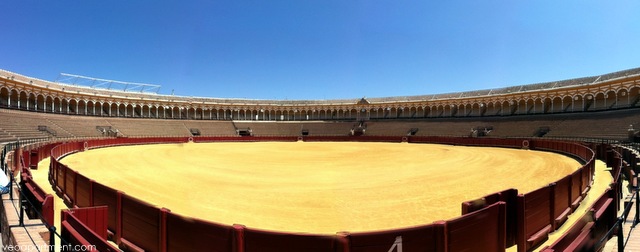 inside the Maestranza bullring
inside the Maestranza bullring
Crossing the Avenida at the corner of the cathedral takes you from the tourist district of Seville into an area with a quite different character. It was created by the extension of the city walls in the 10th century, some of which can still be seen around the Torre del Oro and the Torre del Plata (the gold and silver towers). During Seville’s golden age after the discovery of America it was the port area of the city, and even today it’s still a largely residential area. It was here that the treasures of the New World were unloaded, and from here that voyages of trade and discovery set sail.
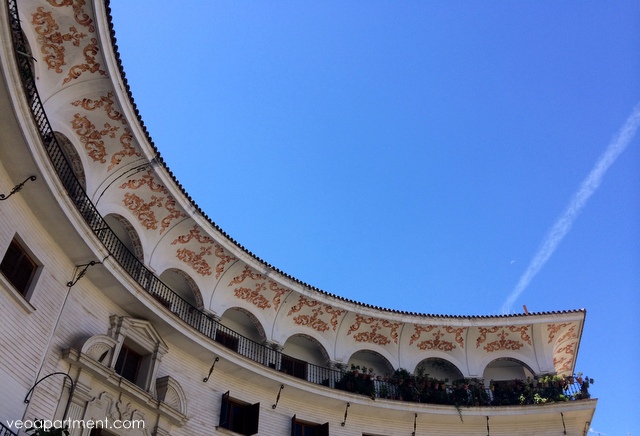 Plaza del Cabildo
Plaza del Cabildo
For the sightseer the main things of interest cluster around the southern end of the neighbourhood. Start at the Plaza del Cabildo, which is reached by a short passageway directly opposite the main door of the Cathedral. It’s normally a quiet place, away from the busy main avenue, with a section of the old wall, a fountain, and a semi-circle of shops and apartments with splendid frescos along the eaves. On Sunday mornings there’s a little collectors’ market selling stamps, coins and other items. Look out for a little shop called El Torno, where they sell cakes and pastries made in the local convents. The name derives from the turntable that separated the nuns from the buyers of their goods.
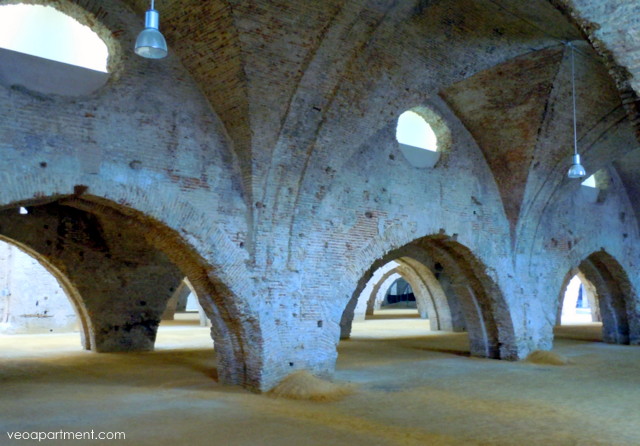 the Atarazanas
the Atarazanas
From there go through the Postigo del Aceite, the oil gate, into the riverside area. This is one of the few remaining city gates, and still has a little chapel just inside where you can give thanks or pray for good fortune as you enter or leave the city. To the right is a little artesan market for your souvenir shopping, and to the left are the Atarazanas, the 13th century dockyards. They’re not open to the public at the moment, but you can look in through one of the windows to see the visually stunning effect of its arched naves. If you’re lucky you may see storks nesting on the chimney above the building, something that always gives me a lift. Follow the building round and you’ll come to La Hospital de la Caridad, the charity hospital founded by Miguel de Mañara (sometimes said to be the model for Don Juan, though this is almost certainly not true). It’s still a working charity hospital but the splendid Baroque chapel is open to the public.
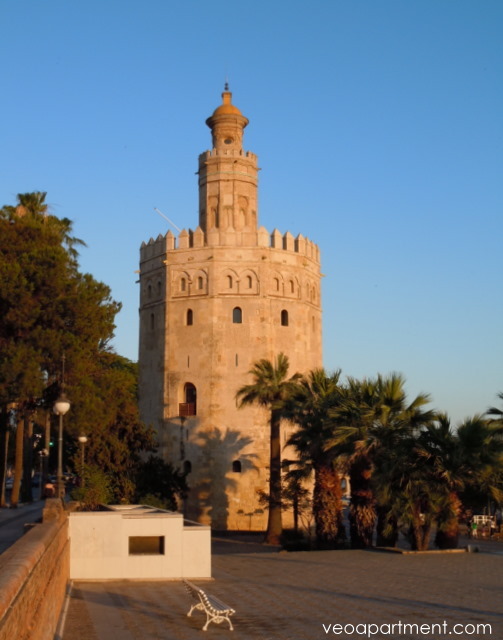 Torre del Oro
Torre del Oro
Down by the river is one of Seville’s most famous and iconic buildings, the Torre del Oro, built in the early 13th century to protect the then Moorish city from the approaching Christians. In the 19th century it survived a couple of proposals for its demolition. It now houses a small naval museum with old maps and prints and model ships. You can also climb to the top for a view along the river, and to imagine what the area was like when it was the most important port in Europe.
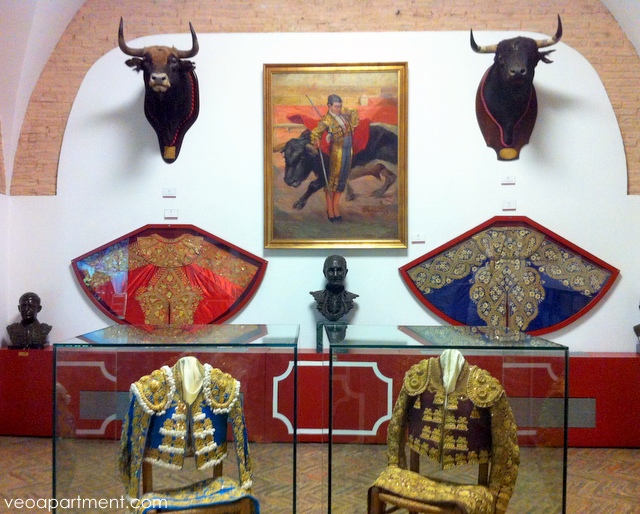 Bullring Museum
Bullring Museum
A little further along the river is the bullring, one of the two oldest in Spain. Bullfights (to the death) are still held here during the April fair and in September. Even if you choose (like me, I have to admit) not to see a fight, it’s still worth taking a guided tour to experience the atmosphere of the arena.
Nowadays one of the Arenal’s great pleasures is its profusion of excellent tapas bars, many of them, such as the Bodeguita Romero, Casa Morales or Casa Moreno, retaining their traditional ambience and cuisine, making it a great alternative to the more touristy Santa Cruz for a proper tapeo. For tapas with a more modern touch try La Brunilda. Also pay a visit to the Arenal market to see how the locals shop and buy a few supplies.
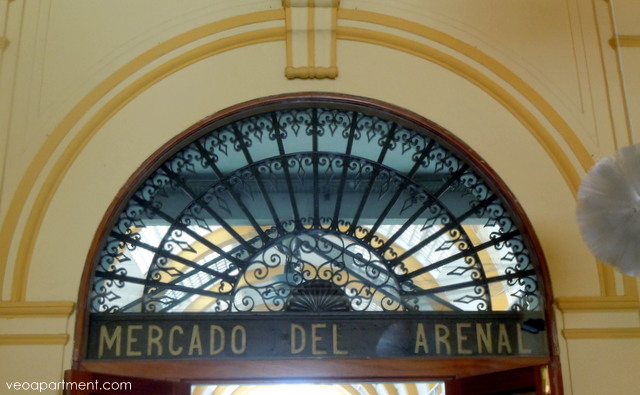 Entrance to the Arenal Market
Entrance to the Arenal Market
Last but not least there are several places where you can see flamenco. For a show try the Arenal Tablao in Calle Rodo. For something less formal pay a visit to Casa Matías on Calle Arfe (contrary to your expectations it’s not open late at night – go between 7 – 10 pm for impromptu flamenco).
El Arenal’s location close to, but not in, the main monumental area, makes it a great neighbourhood to rent an apartment for your stay at a reasonable price.
Take our virtual tour of the El Arenal barrio.
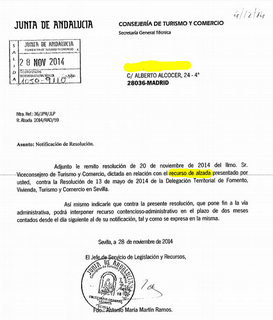 Recordamos que con la modificación de la Ley de Arrendamientos Urbanos (Ley 4/2013), los apartamentos “en oferta turística” se someten bajo la regulación de cada comunidad autónoma. Pero, de momento, en Andalucía no existe esta regulación, lo que provoca una situación de alegalidad entre la ley a nivel nacional (“Arrendamientos Urbanos”) y la ley a nivel de Comunidad Autónoma (“Ley de Turismo de Andalucía”).
Recordamos que con la modificación de la Ley de Arrendamientos Urbanos (Ley 4/2013), los apartamentos “en oferta turística” se someten bajo la regulación de cada comunidad autónoma. Pero, de momento, en Andalucía no existe esta regulación, lo que provoca una situación de alegalidad entre la ley a nivel nacional (“Arrendamientos Urbanos”) y la ley a nivel de Comunidad Autónoma (“Ley de Turismo de Andalucía”).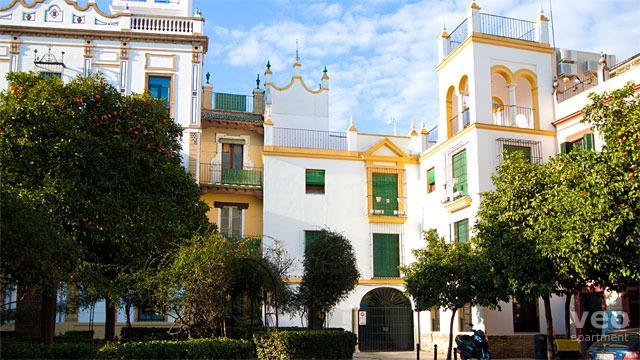 Plaza Santa Cruz
Plaza Santa Cruz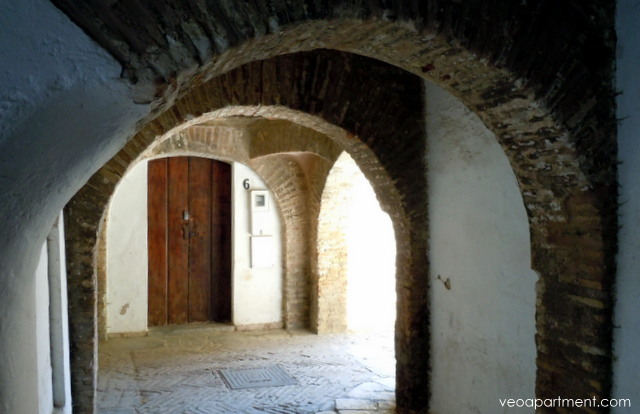 entrance to the Judería (Jewish quarter)
entrance to the Judería (Jewish quarter)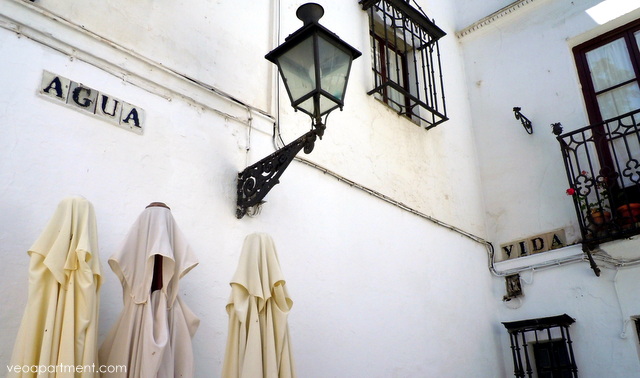 the corner of Agua & Vida (Water & Life)
the corner of Agua & Vida (Water & Life)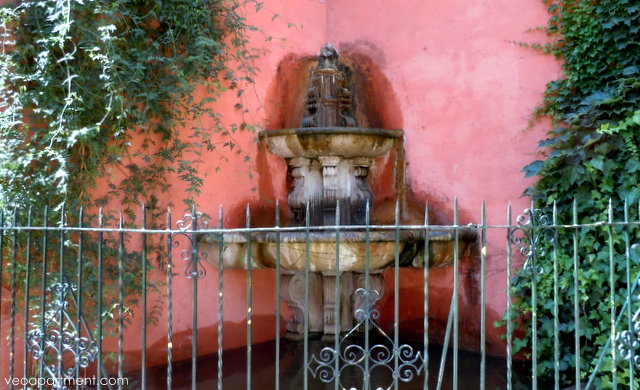 fountain against the Alcázar wall in calle Judería
fountain against the Alcázar wall in calle Judería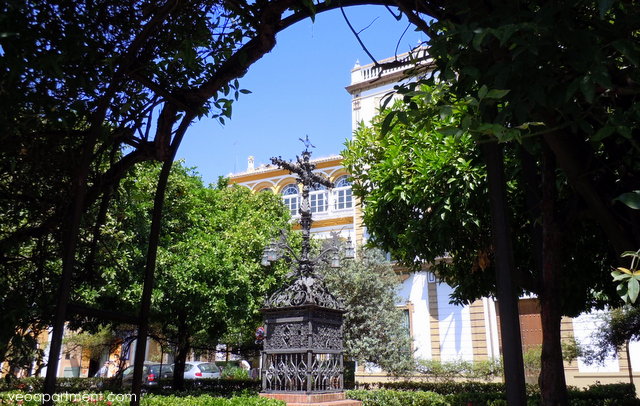 the Locksmith’s Cross in Plaza Santa Cruz
the Locksmith’s Cross in Plaza Santa Cruz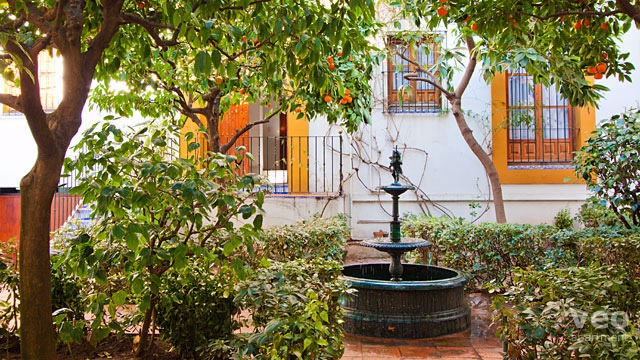 courtyard of our
courtyard of our 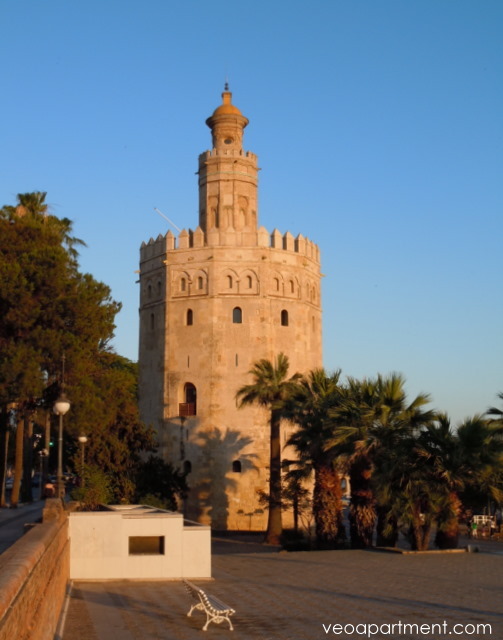
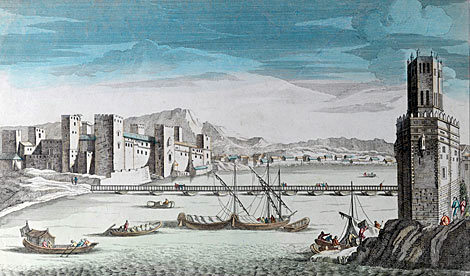 Bridge of Boats engraving courtesy of
Bridge of Boats engraving courtesy of 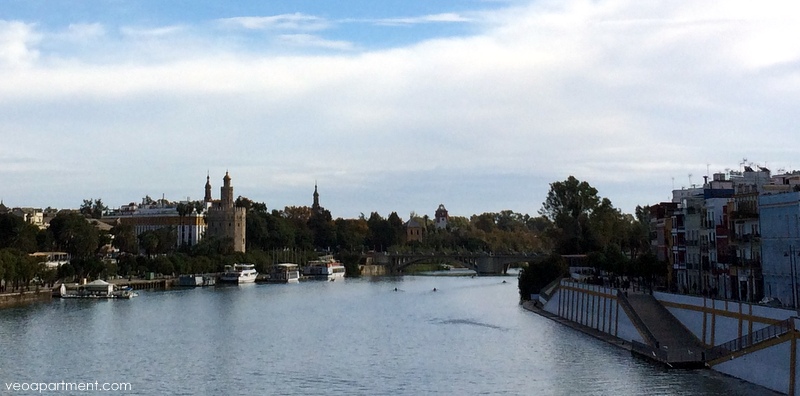
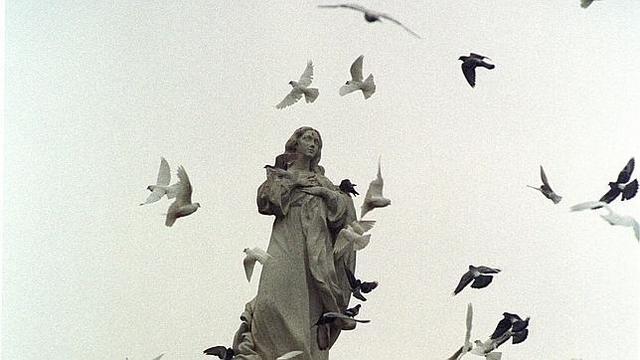 photo courtesy of
photo courtesy of 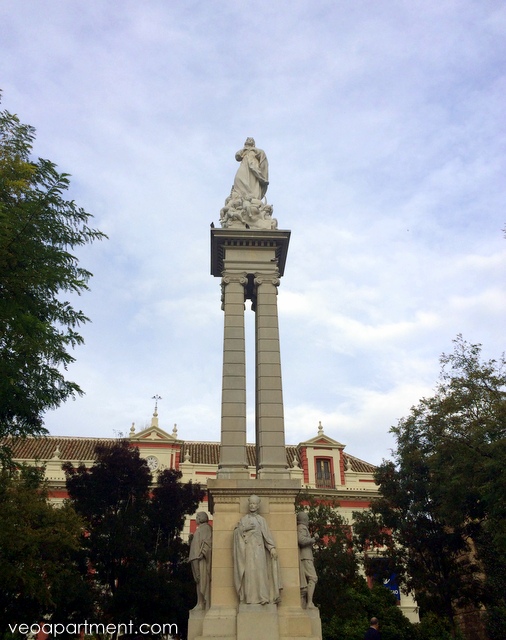 statue of the Inmaculada in Plaza Triunfo Seville
statue of the Inmaculada in Plaza Triunfo Seville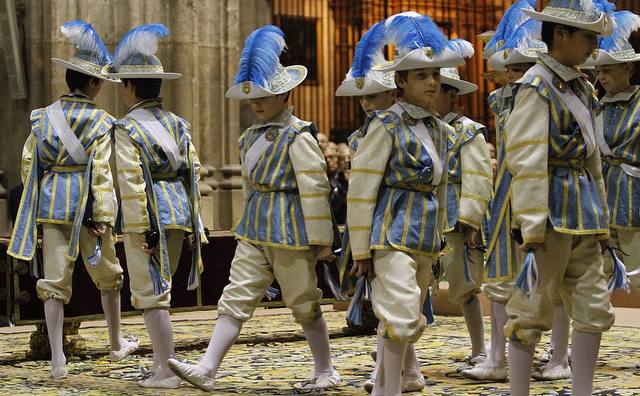 Los Seises – photo courtesy of
Los Seises – photo courtesy of  inside the Maestranza bullring
inside the Maestranza bullring Plaza del Cabildo
Plaza del Cabildo the Atarazanas
the Atarazanas
 Bullring Museum
Bullring Museum Entrance to the Arenal Market
Entrance to the Arenal Market